Don't stop at books about going to hospital. Remember your child will have many experiences in hospital that can be scary. Hospitals are big and strange places for kids. Everything is new so even an x-ray can seem frightening to your child. By explaining things beyond just "going to hospital" your child will be more prepared about what is going to happen.
If you aren't sure what your child will experience in hospital ask your doctor for help. Then you will know what will need to be explained. Questions like... Will my child need an x-ray? Will my child be in a private or shared room? Are all fine to ask. If it will help you explain the hospital stay to your child there's never a silly question.
Asking questions also stops you from giving too much information to your child. Sometimes to much information can be as bad as too little. If your child will not need an x-ray there's no need to explain it to them. By sticking to what their experience will be like and the questions they have you will help them a lot.


 Children's bibliotherapy is a type of therapy that helps kids by using books to explore their experiences. When done in a sensitive way it can help your child feel less scared about going to hospital.
Children's bibliotherapy is a type of therapy that helps kids by using books to explore their experiences. When done in a sensitive way it can help your child feel less scared about going to hospital.


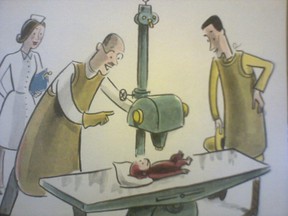 Written in 1966 there are a few things that you will need to know when reading Curious George Goes to the Hospital to your child.
Written in 1966 there are a few things that you will need to know when reading Curious George Goes to the Hospital to your child.

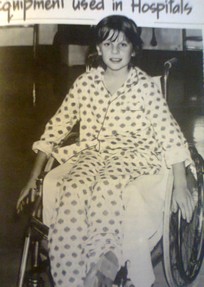 Books with real pictures of children in hospital usually have the best information. But they can be too scary for a child who is really scared about going to hospital. If your child is showing signs of having a lot of fear it's best to start with one of the other book styles. Then when they feel comfortable with those try a real-life one.
Books with real pictures of children in hospital usually have the best information. But they can be too scary for a child who is really scared about going to hospital. If your child is showing signs of having a lot of fear it's best to start with one of the other book styles. Then when they feel comfortable with those try a real-life one.















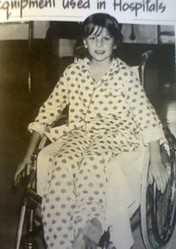

 Monkey Birthday Party Favorson 01/24/2013
Monkey Birthday Party Favorson 01/24/2013
 Butterfly Birthday Party Favorson 02/02/2013
Butterfly Birthday Party Favorson 02/02/2013
 Monster High Birthday Party Favorson 01/24/2013
Monster High Birthday Party Favorson 01/24/2013
 Basketball Party Favors for Girlson 01/30/2013
Basketball Party Favors for Girlson 01/30/2013
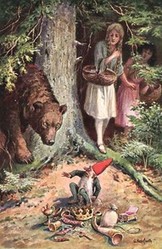
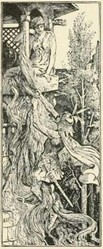
Comments